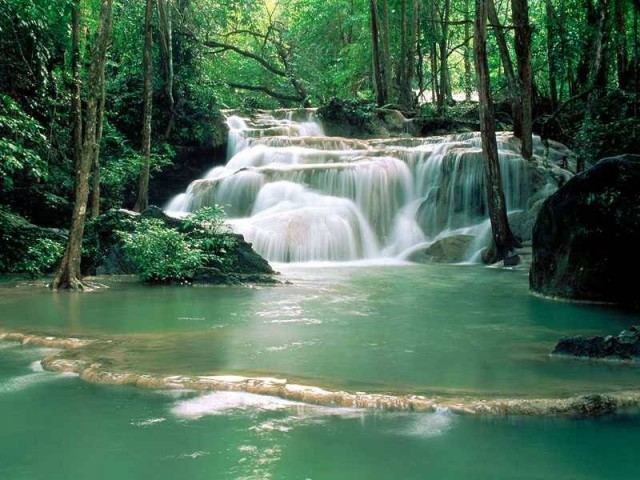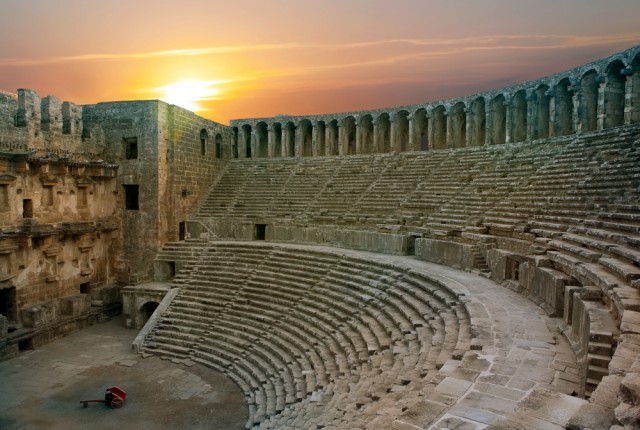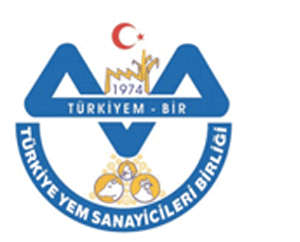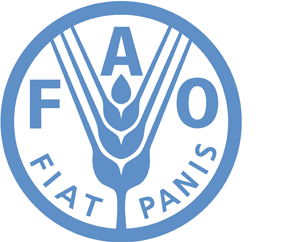****
All GFFC, IFRM and FEFAC delegates are strongly advised to review the latest travel advice to Turkey and to also review the GFFC travel and security information.
In particular the GFFC organizers recommend participants of the GFFC and FEFAC Congresses, as well as the IFRM, keep in mind the following safety precautions to follow:
- Do not travel to south-eastern Turkey, particularly near the Syrian/Iraq border.
- Stay away from large crowds of people especially at popular tourist destinations, including in Istanbul, Ankara and Antalya.
- Stay away from tourist areas, especially public squares and docks in Istanbul and Antalya.
- In general, exercise heightened vigilance and caution when visiting public access areas, especially those heavily frequented by tourists.
- Stay away from political gatherings and rallies.
****
Antalya lies on the Turkish Riviera on one of the most stunning parts of Turkey’s Mediterranean coast. Antalya is a thriving modern city, with a historic heart in the center of Kaleiçi within the old city walls. This area has seen something of a renaissance in recent years, with many of the wooden Ottoman mansions being restored and turned into boutique hotels. No cars are allowed in the narrow streets of the old town so it is a good place to soak up the atmosphere around the charming harbour. The symbol of Antalya is the fluted minaret or Yivli Minare built by the Seljuks in the 13th century. There are plenty of interesting pieces in the Archaeological Museum, from the Palaeolithic Age right through to Ottoman times.
Antalya has a backdrop of stunning mountain scenery, and the city is set high on cliffs, with many of its grandest hotels overlooking the sea on the outskirts of the town. The beach area of Lara, approximately 12 km to the east is home to the best beach in the area, known for its golden sand, which is rapidly becoming a resort in its own right. To the west, the long pebble beach of Konyaaltı is also popular. Heading up into the mountains, you can make the most of the beautiful scenery by visiting the spectacular Duden or Kurşunlu waterfalls. At Saklıkent, just 50 km away from the city center, you can even ski, where they usually have snow on the slopes until early April.
The Altın Portakal (Golden Orange) film festival is held annually in the autumn. Antalya has a large number of 5 star hotels, many of which have meeting facilities, and this, together with the Pyramid Congress Centre, which can hold up to 3000 delegates make it a popular venue for conferences.
There are many holiday resorts in the surrounding area, including Alanya, Belek (where the 5th GFFC venue is located), Kalkan, Kaş, Kekova, Kemer, Olympos, Patara, and Side.
The most popular Historic Sites of the Antalya Region:
Aspendos
Just 50 km east of Antalya, Aspendos was an important center of trade during Roman times. Today, the most impressive aspect of Aspendos is her stunning theatre, which was built in approx. 162 AD. It seats 15,000 and has been beautifully preserved. Each year it hosts the Aspendos Opera and Ballet Festival which takes place in June and July and gives you the opportunity to see performances of classics in a magnificent setting. The aqueduct, which supplied water to the city is also still relatively intact and is an impressive sight.
Phaselis
The three harbours of this Lycian port city were once a major commercial center. In the shelter of Mount Tahtalı, it is a popular stopping off point for yachts, and its clear waters and sandy beaches are popular with sun-seekers. The remains are mostly Roman and include a theatre, baths, aqueducts, Hadrian’s Gate, an agora and an acropolis.
Perge
Just 18 kms from Antalya, Perge was an important city in Pamphylia and was visited by St.Paul during his missionary journeys. Today, the city gate flanked by lofty towers, theatre and baths are of interest.
Demre
Also known as Kale, the ancient city of Myra, is mostly famous for its connection with St. Nicholas, who was bishop here in the 4th century. His church is the focus of the annual ceremony which takes place to commemorate him on or around his feast day of 6th December. It is well worth seeing the Roman theatre which remains here, overlooked by spectacular rock tombs, dating from the 4th century BC








